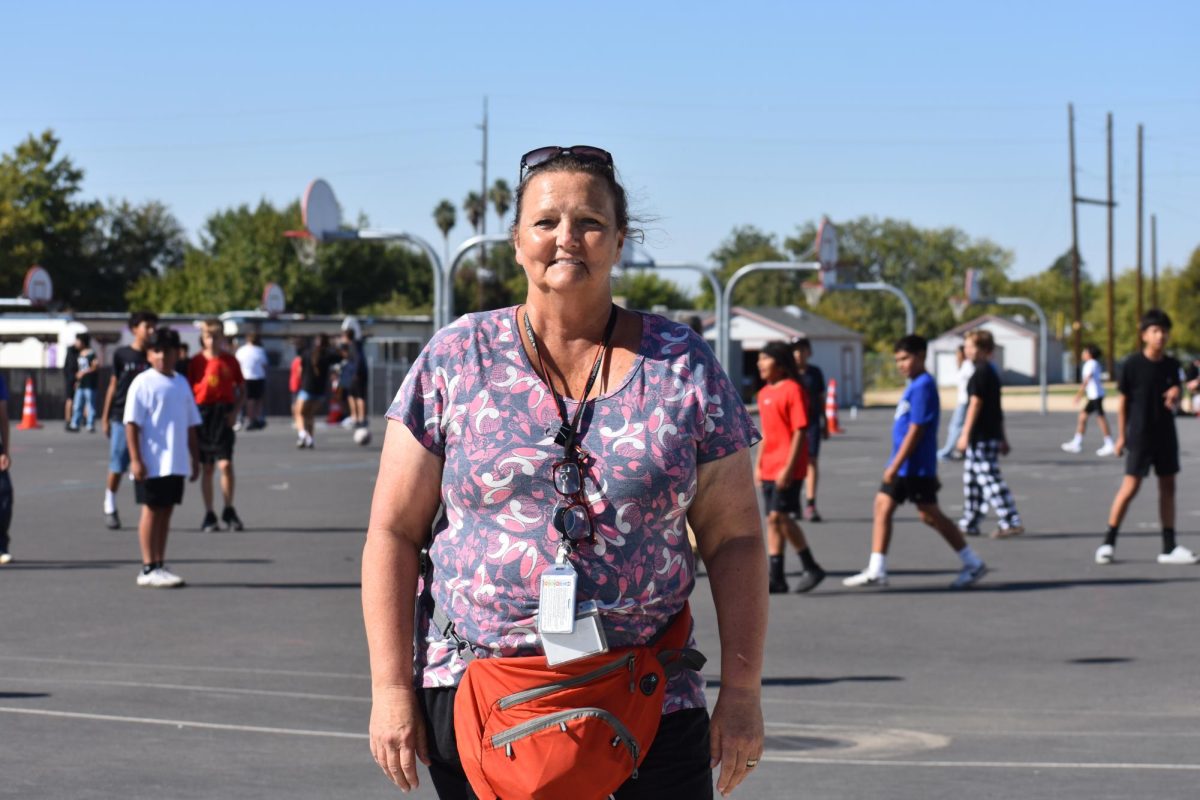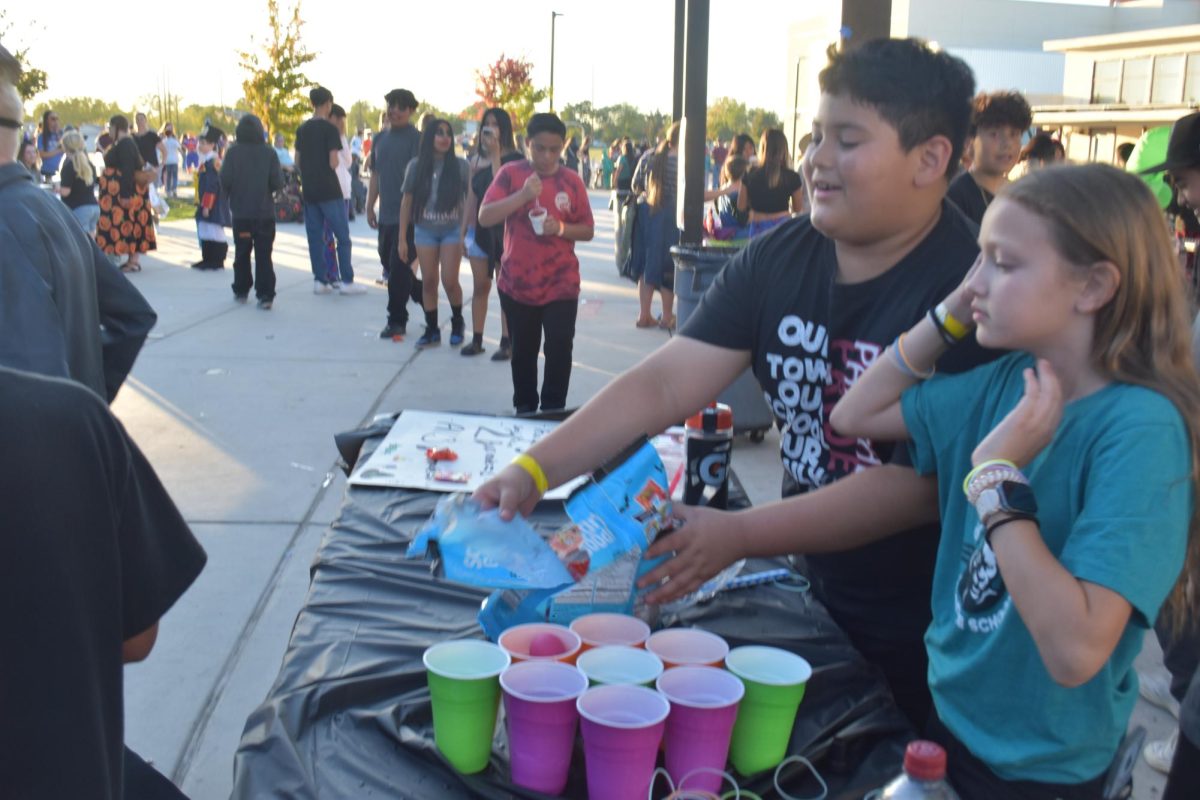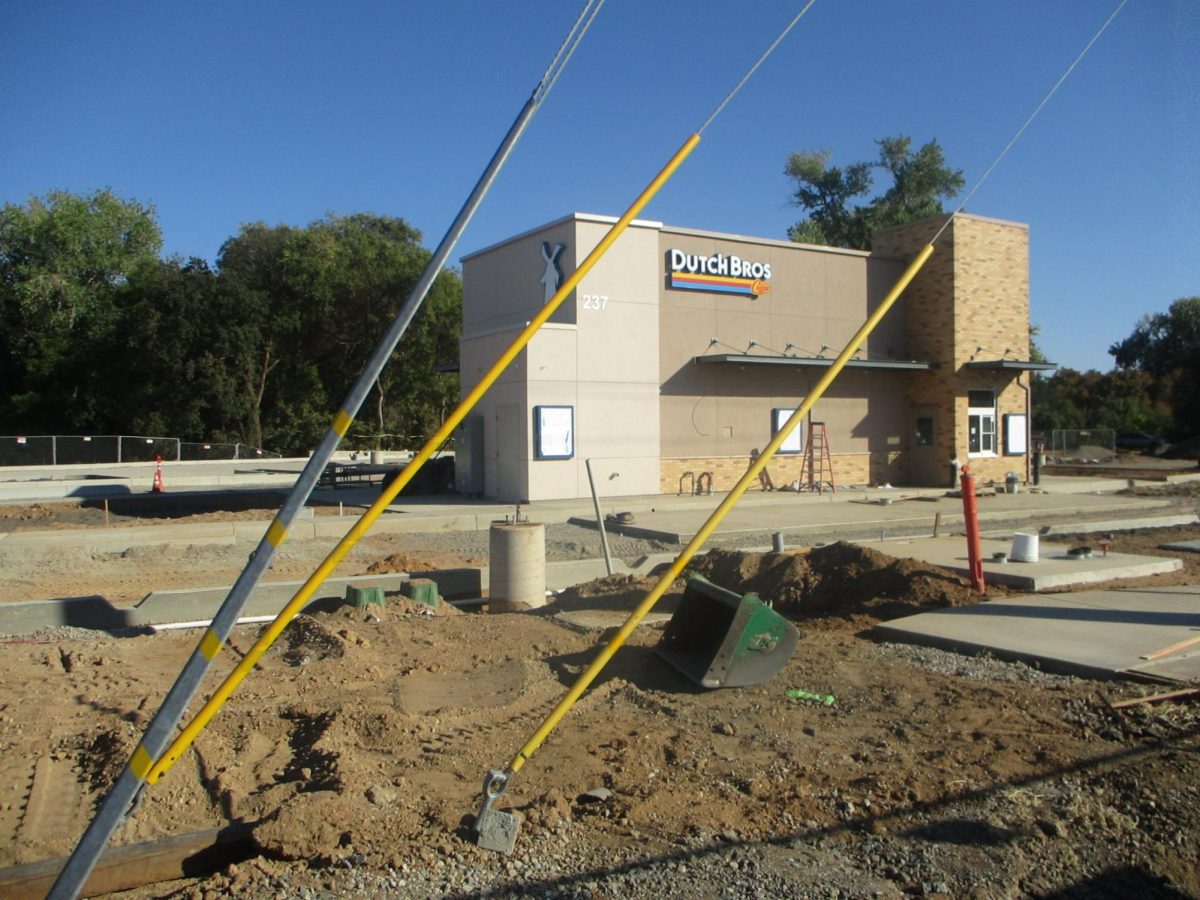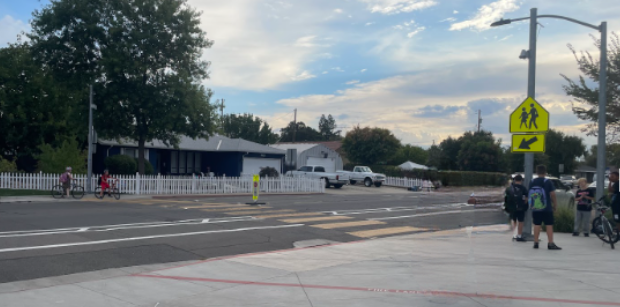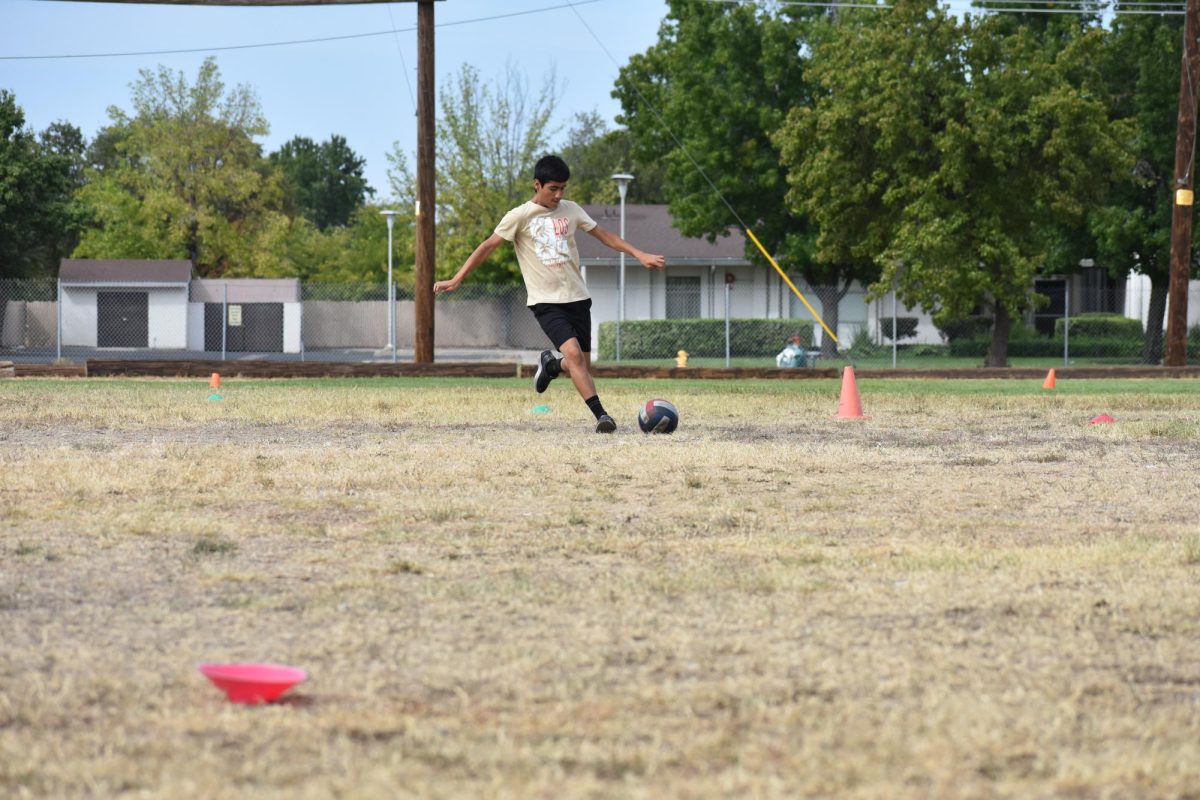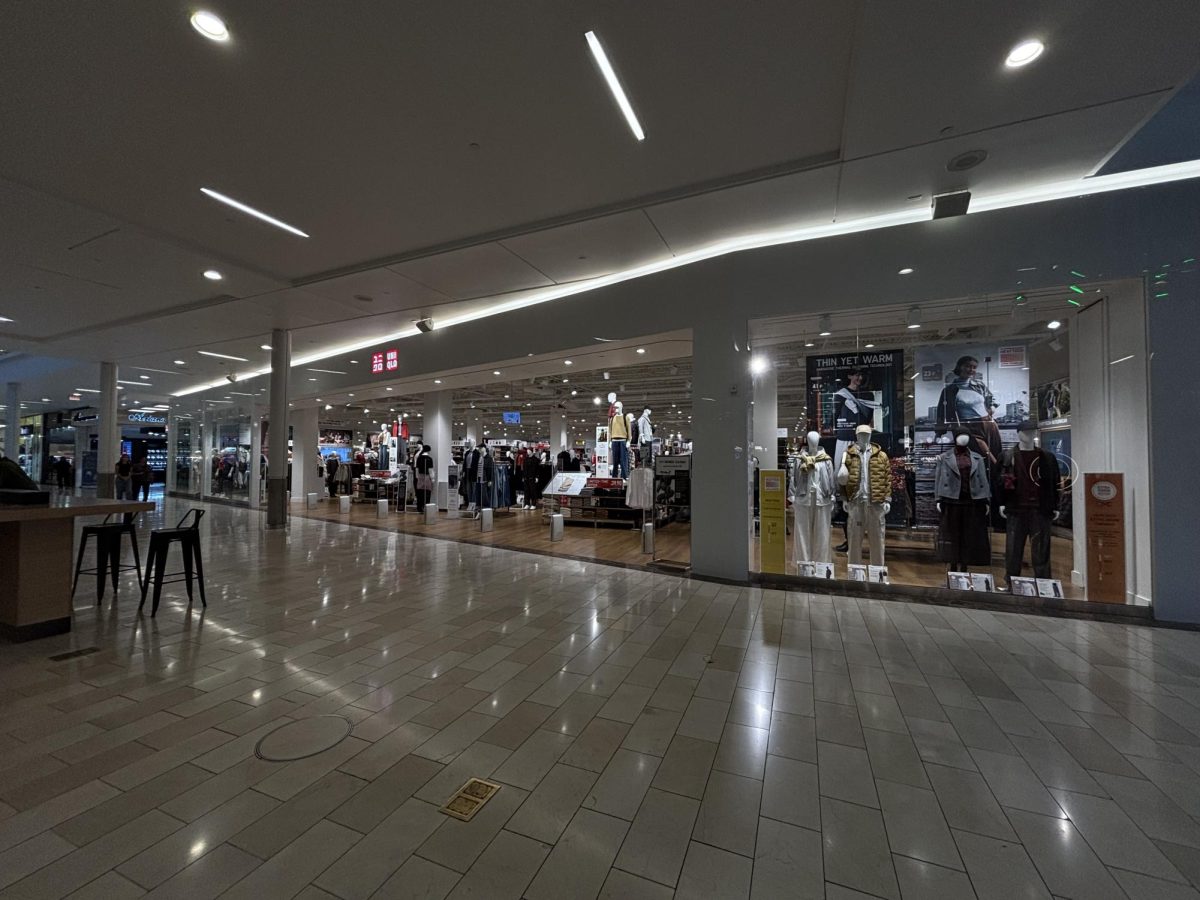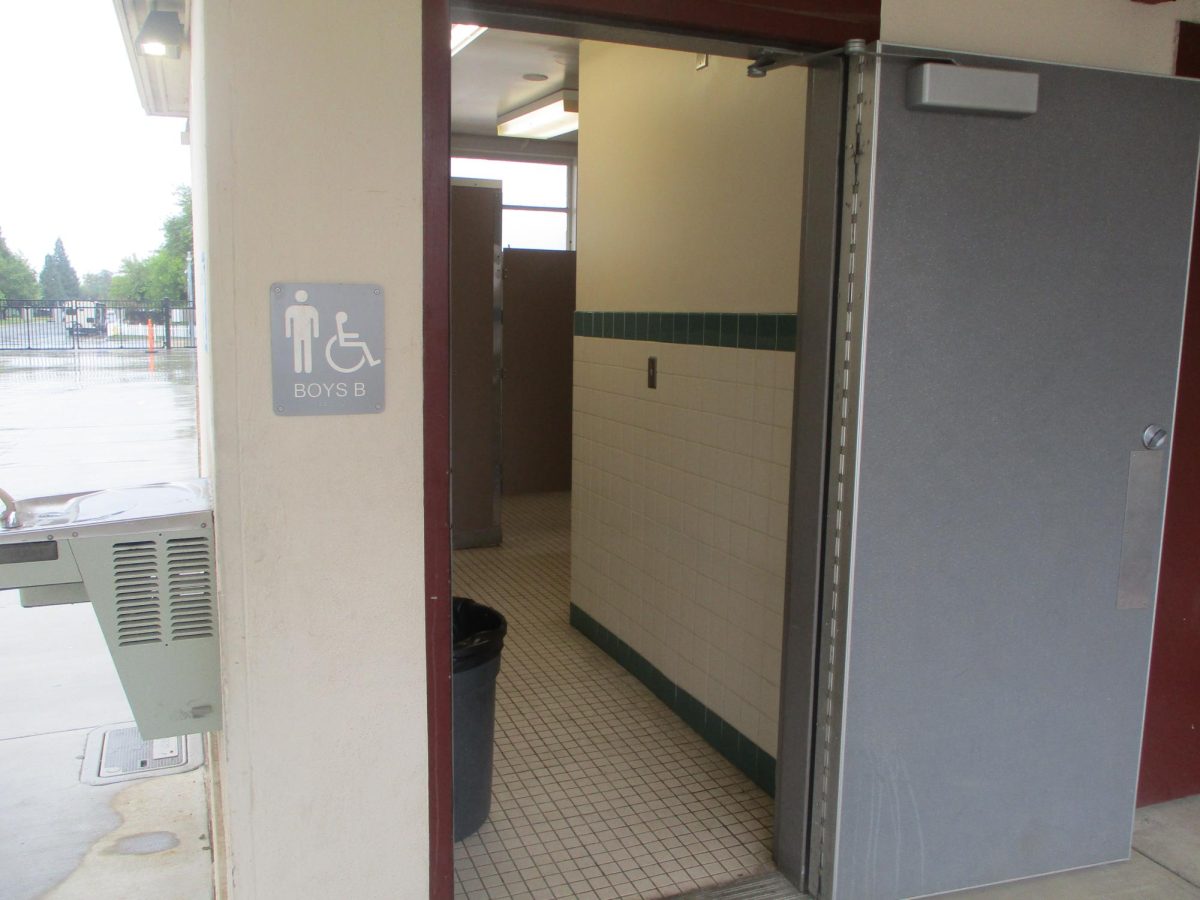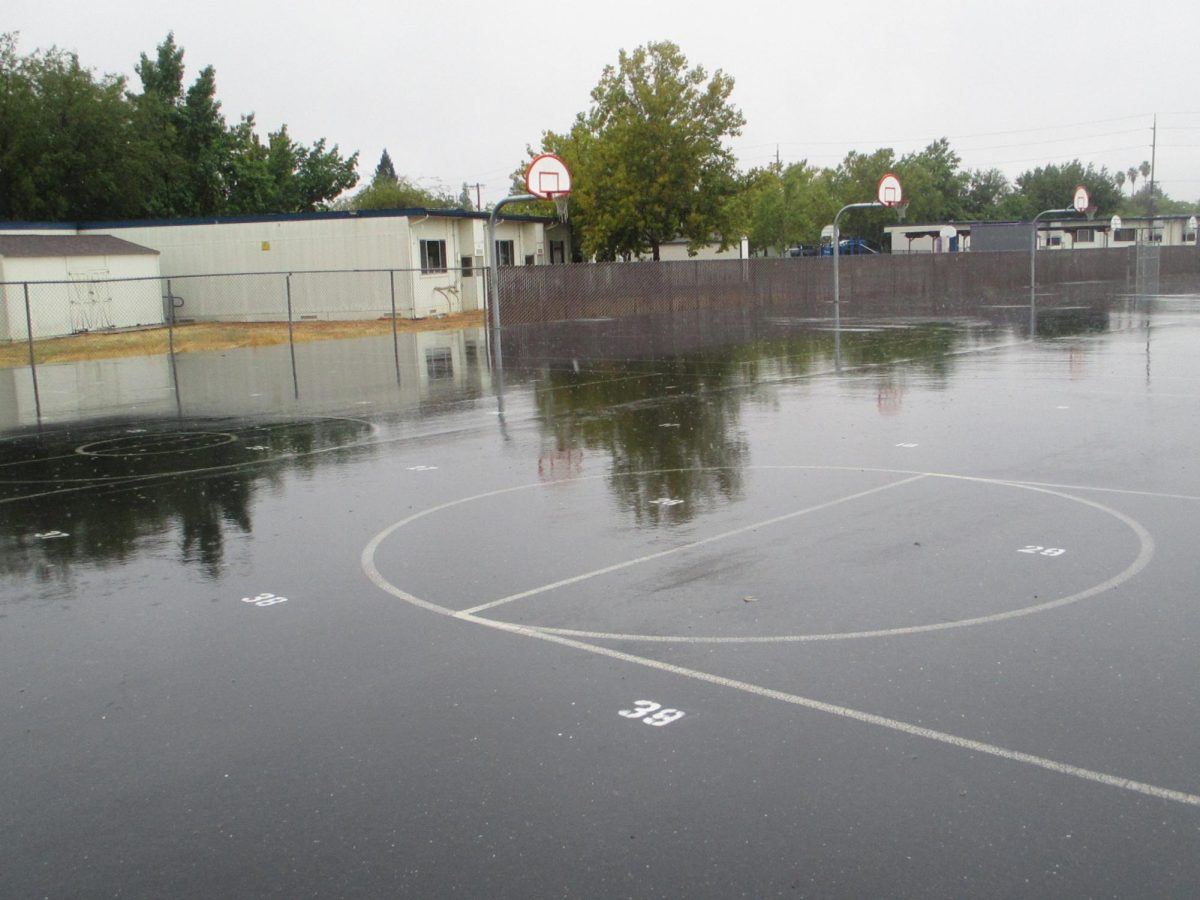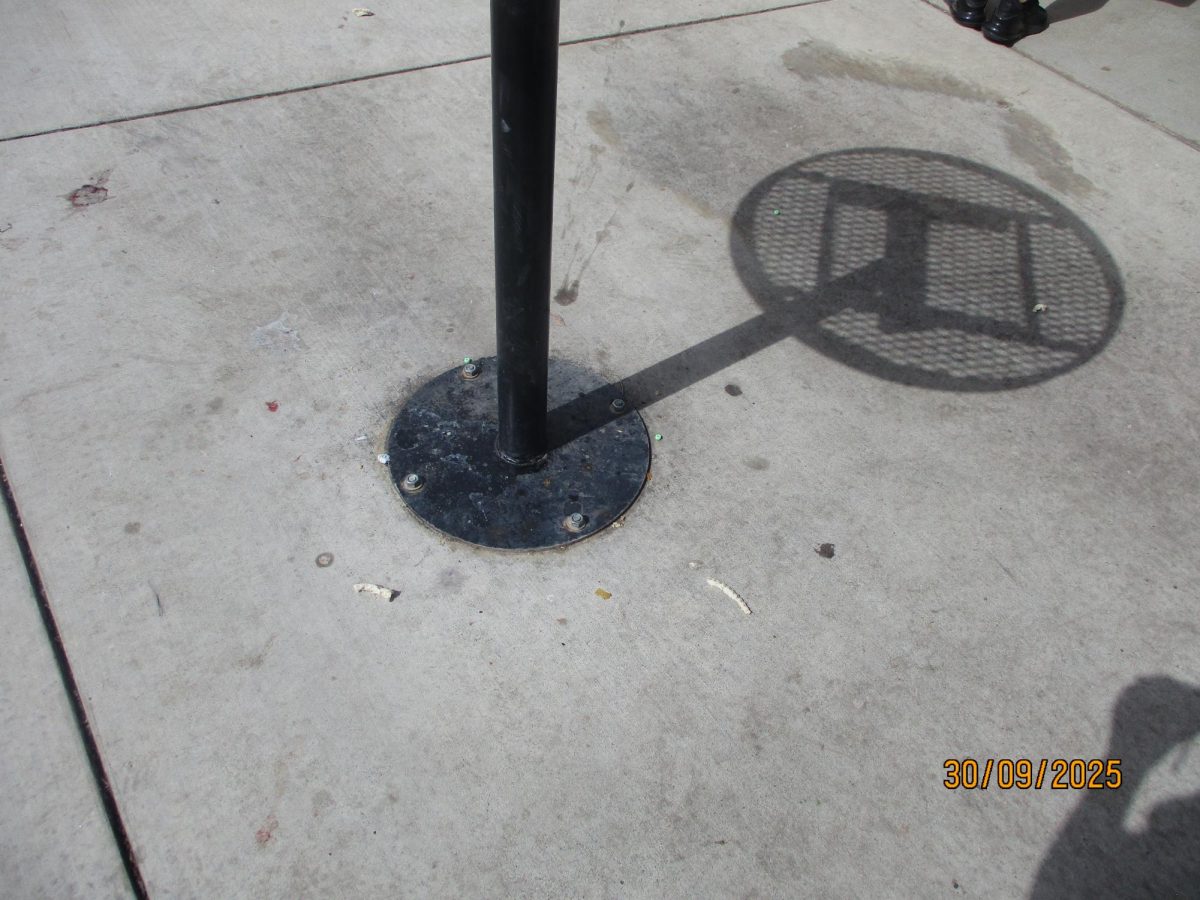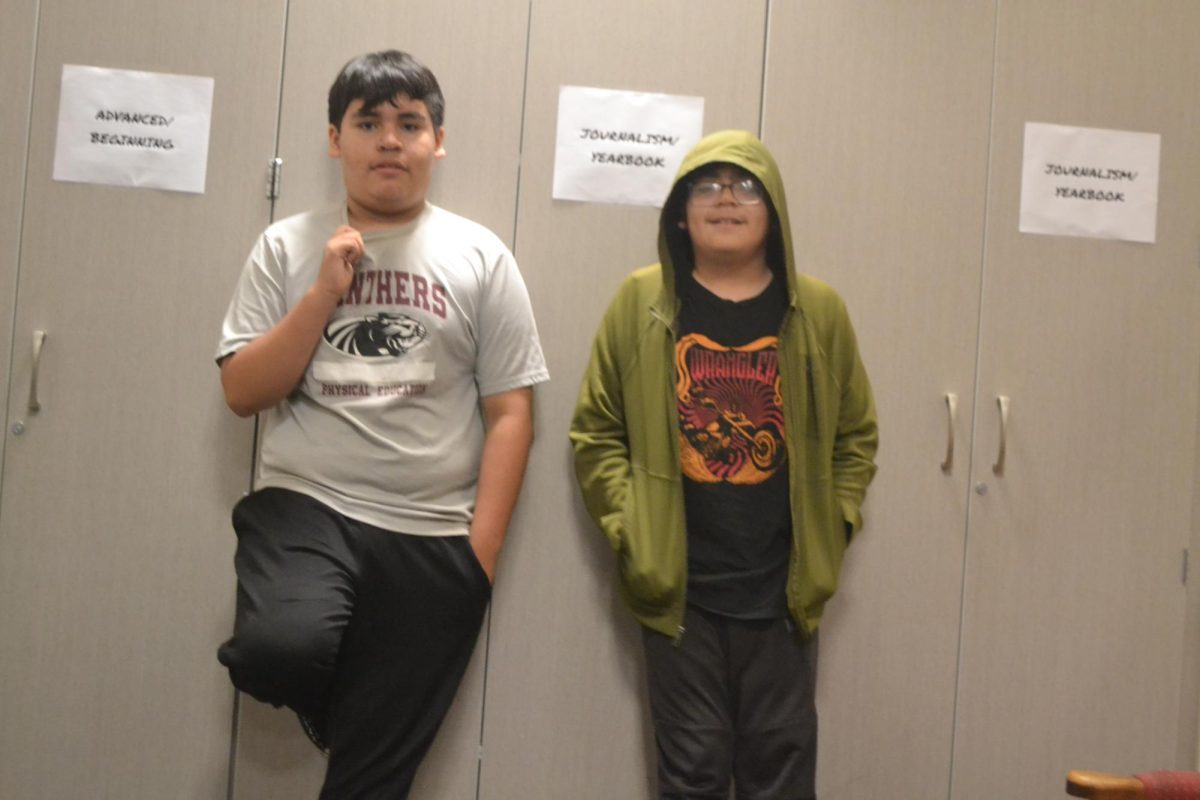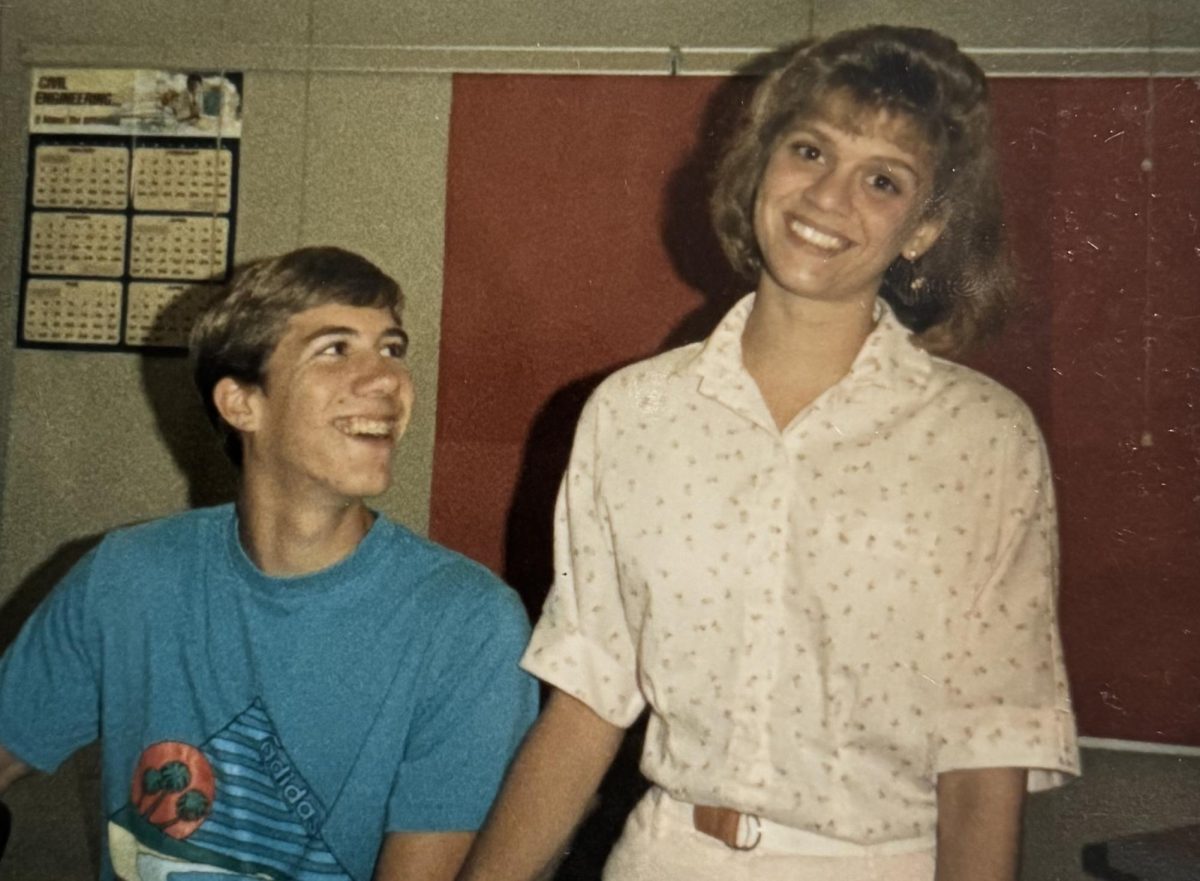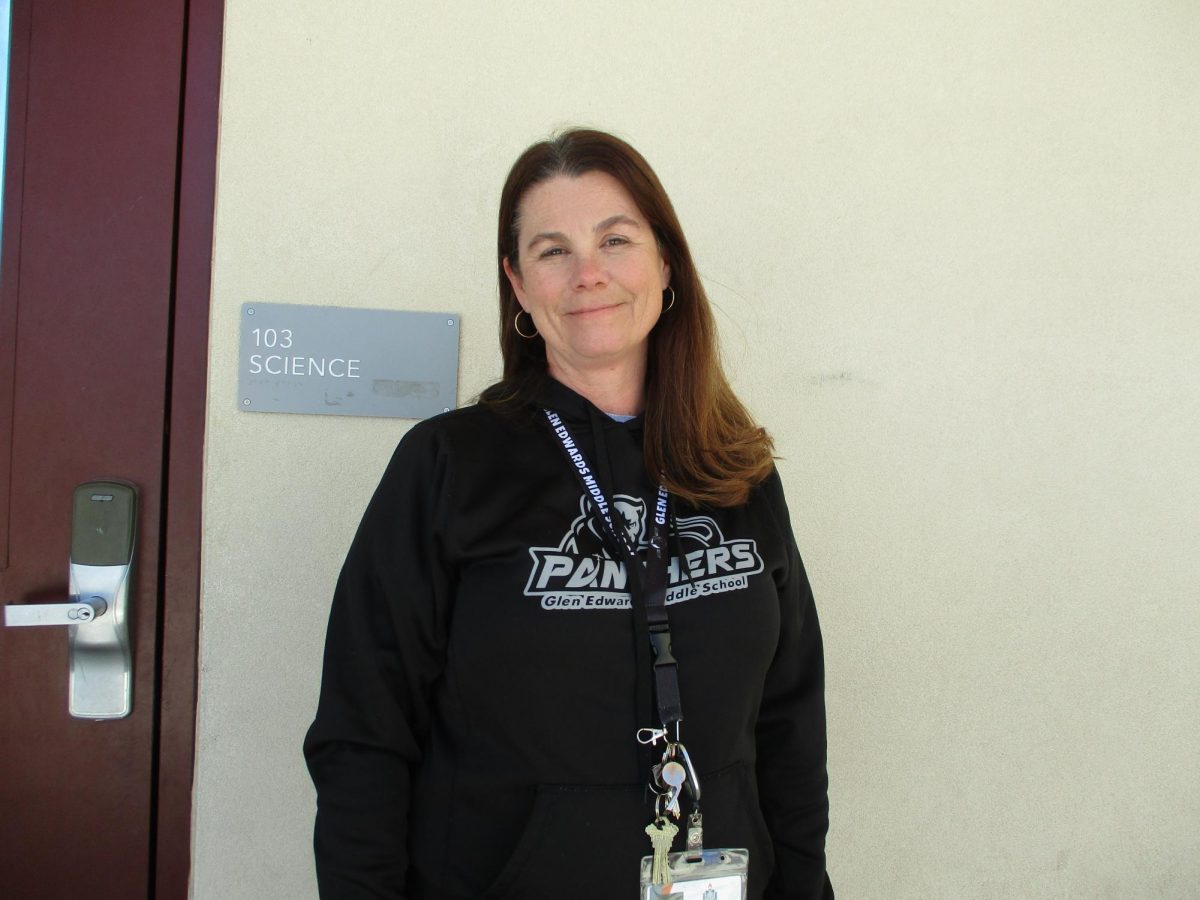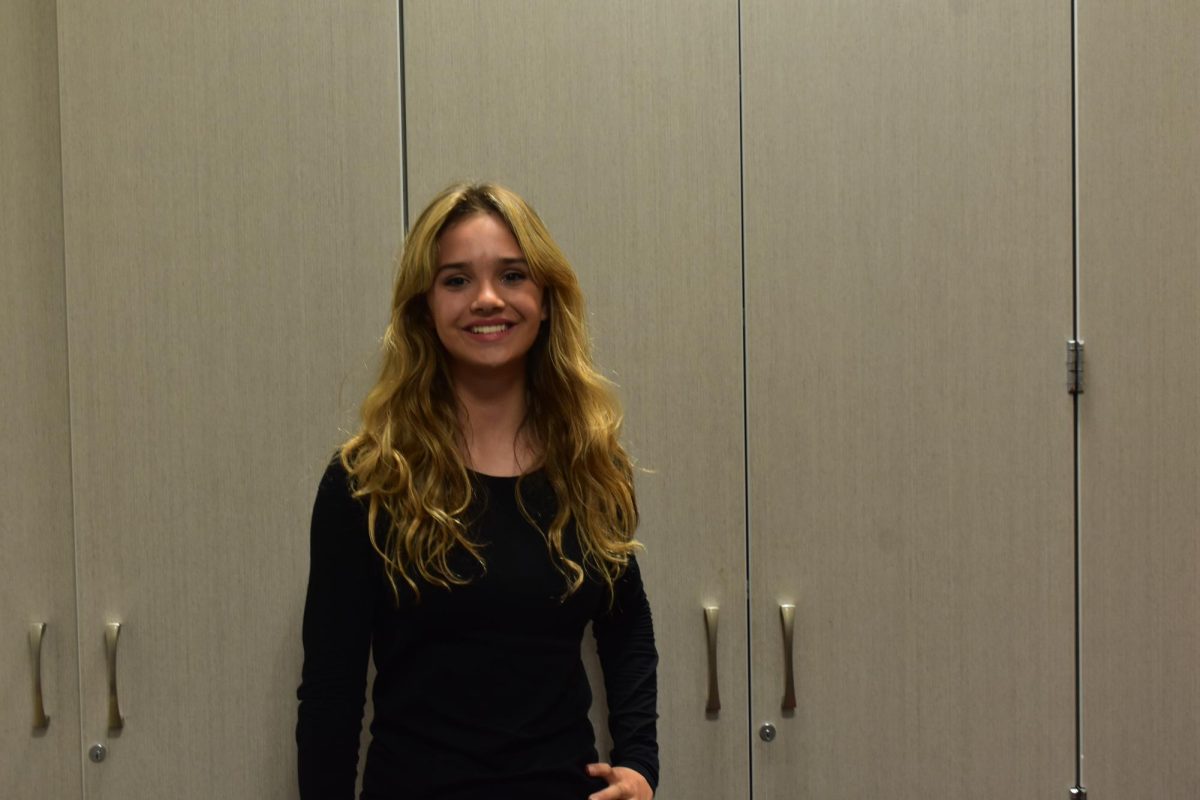The absence of substitute teachers has become a well-publicized dilemma and a troublesome reality for students, teachers, and school administrators alike.
A second major issue linked to substitute shortages is the growing number of teachers not showing up to school. As Mr. G, one of the substitutes, points out, “They’re in the classroom less than they were before. Of course, a lot of teachers are stressed, so they take more absences, I bet.” The lack of substitutes has created a greater demand for them, which schools are unable to meet.
In an era where teachers are more stressed than ever, they are taking more sick and personal days off due to the pressures of the profession. When regular teachers are absent without a properly certified substitute, students lose valuable instruction time, which can hinder their academic growth.
When substitutes are in short supply, teachers are often asked to cover other classrooms. Already burdened with lesson planning, grading, and student support, this additional responsibility adds even more strain to their workload. The increased pressure can lead to burnout, negatively affecting both their well-being and the quality of education they provide.
The availability of substitutes is also crucial to stabilizing the classroom environment. Mrs. Reitman explains, “Substitutes are not trained enough, so it is challenging to place a substitute in a teacher’s position. That lack of training leads to a substitute workforce that is unprepared to handle classrooms effectively.”
With many substitutes unfamiliar with the flow of lessons or the technologies in use, the lack of continuity can make both teaching and maintaining order especially difficult. This results in a disrupted classroom environment that ultimately deprives students of their learning opportunities.
The problems caused by substitute shortages extend beyond individual classrooms. When substitutes are not in tune with classroom routines and management strategies, the ripple effect can impact the entire school.
Ineffective substitutes can create disturbances that affect both the students in their classroom and the broader school community. Without the ability to follow the curriculum or maintain engagement, students may become less interested in learning or, in some cases, completely disengaged.
In conclusion, substitute shortages are a serious issue that disrupt the classroom environment for both students and teachers. With teachers under greater stress, absences are on the rise, and substitutes are often unprepared to take over their classes, creating a vicious cycle.
Solving these problems requires addressing both the symptoms and root causes. From providing substitutes with better training to rethinking how schools support their current teaching staff, we believe that only by tackling these issues head-on can we improve the educational experience for everyone involved.

